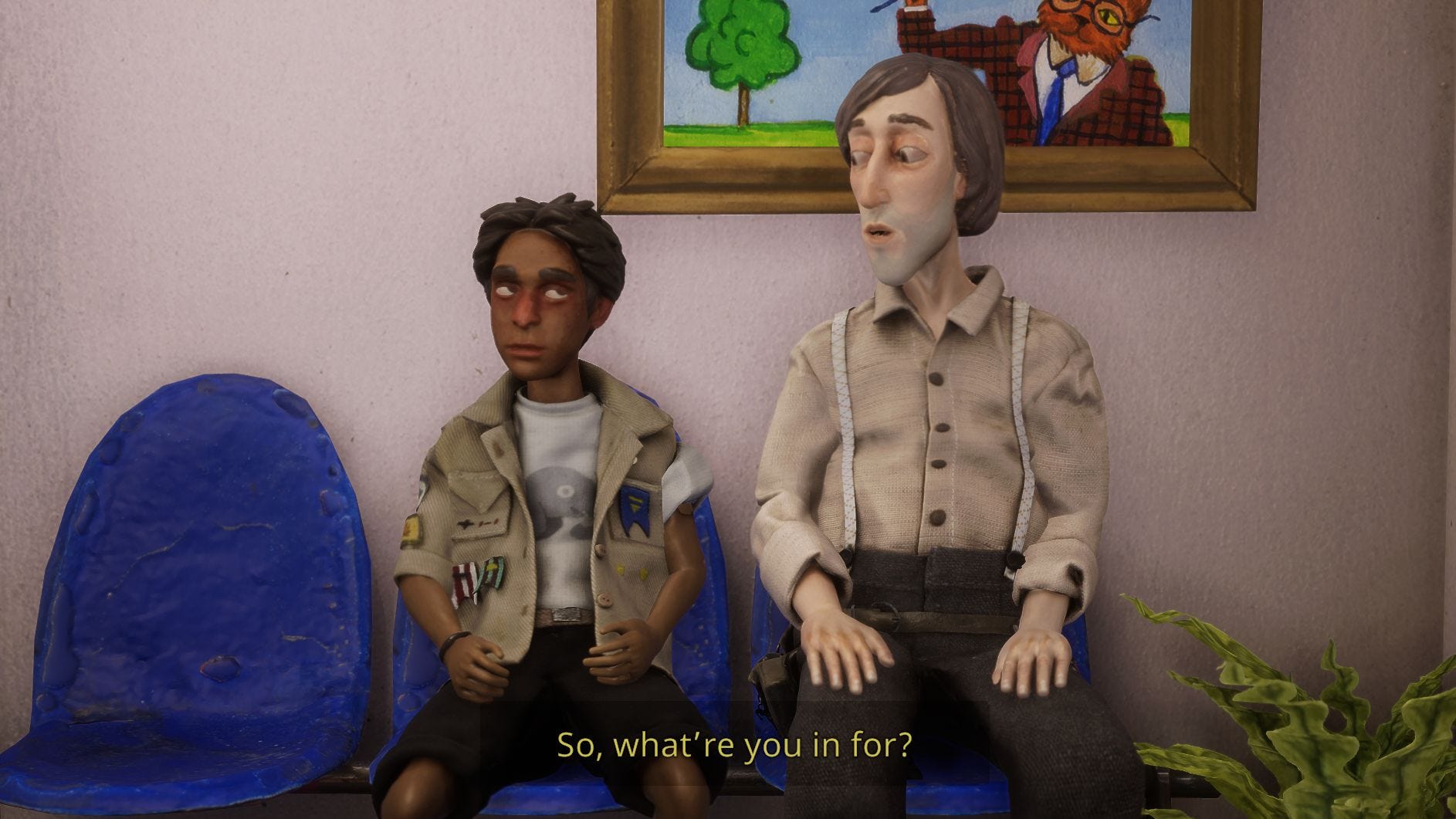Harold Halibut review: a sweet, restrained story about finding your way home
Harold Halibut has the vibes of a game that should be 4-6 hours long and is, inexplicably, 10-12. It's inexplicable not only because it's a slow game low on interaction - the game is really just a plot delivery mechanism; a TV show you can walk around where you advance the story by pressing A - but also because it's a game created using handmade miniatures. It's a sci-fi animated dolls house under the sea, self described as "a cross between a game and a stop motion film", and if my game required that amount of labour I'd edit that script down. Then again, there aren't that many locations, so maybe you'd really want to show them off.
I love miniatures, and Harold Halibut is beautiful. It's also a lovely story about finding yourself and your place in the world, even if that place is unexpected, and having the courage to take that step. There are unexpected silly bits and strange bits and bits where people break into song, and bits where you read undelivered letters. But, at the same time, I totally understand why some people would find it boring.


